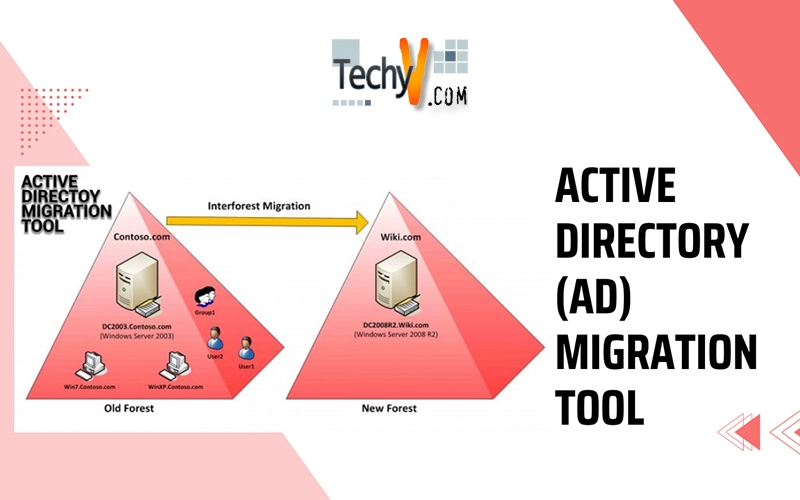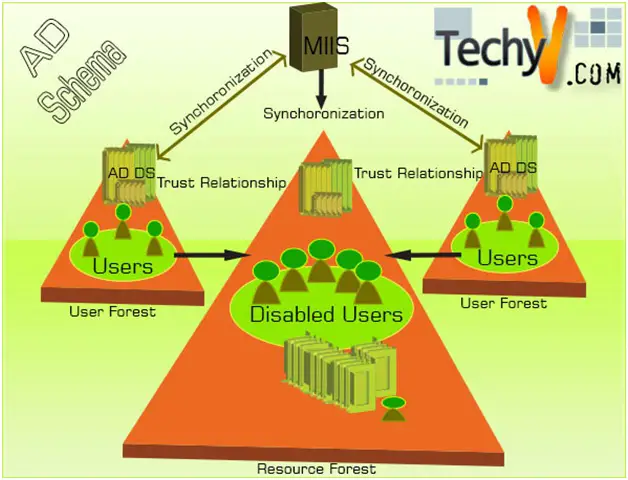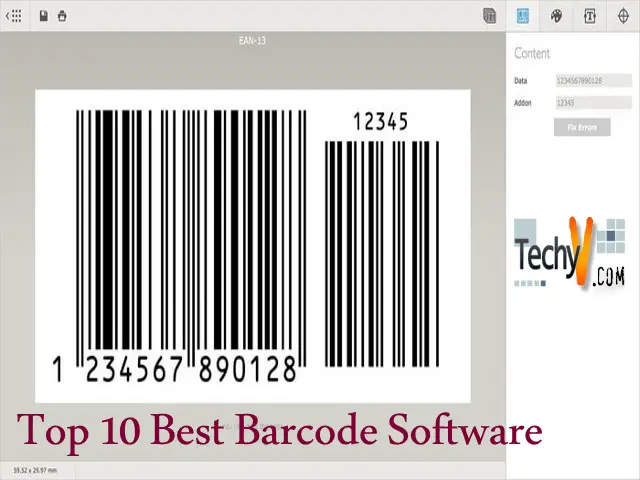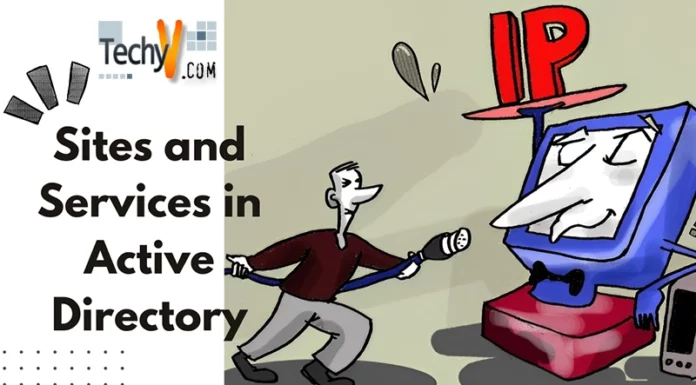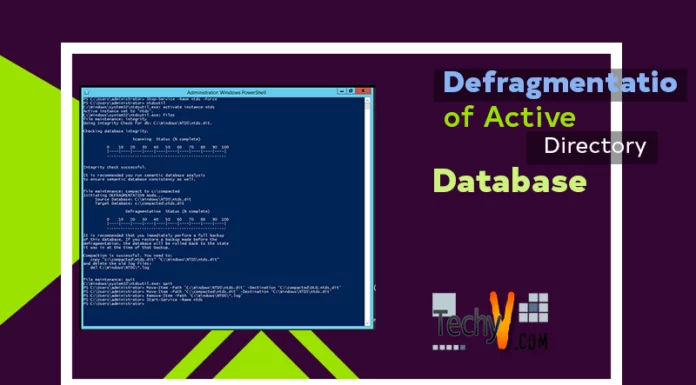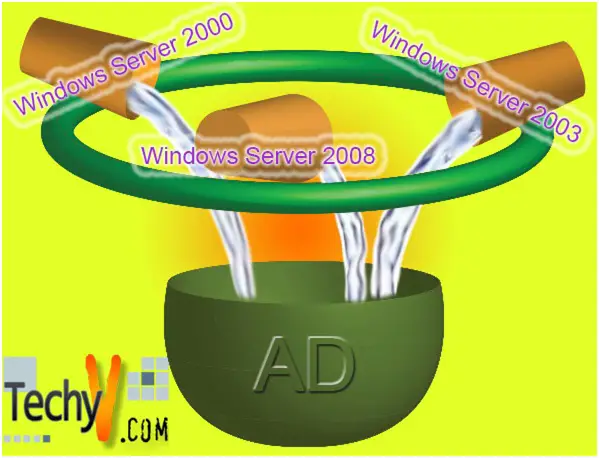Active Directory (AD)
Rather than being well prepared, it really can be pretty perplexing and bewildering to work with the Microsoft Active Directory (AD). However, any administrator can discover the best ways to make AD function well for them, provided if they have proper guidance.
In this regard, some learning guides for Active Directory, like searchwindowsserver.techtarget.com can make you learn the ways to pace yourself up rapidly on the significant Windows expertise. These guides can also assist you in alleviating problematic elements with regards to the AD.
In this regard, some learning guides for Active Directory, like can make you learn the ways to pace yourself up rapidly on the significant Windows expertise. These guides can also assist you in alleviating problematic elements with regards to the AD.
Primarily, the AD is a book or a direction service for windows structural design provided by the Microsoft. In other words, it is a central and normalized scheme that mechanizes mesh administration of clients’ facts and numbers, protection and circulated assets. It also endows inter operations with some other directories.
Active Directory Migration Tool (ADMT)
Active Directory Migration Tool (ADMT) is basically a device that permits you to float computers, users and assemblies from one ‘domain’ to another. In most of such cases, where Exchange Servers are engaged, you employ ADMT to float anecdotes from the Windows NT Server 4.0 (Registered) domain to the Windows 2000 Server domain. It is generally affiliated with relocation from Exchange Server type 5.5 to Exchange Server 2000.
History of Active Directory
Active Directory was first presented with Windows 2000 Server and was conceived particularly for circulated networking settings. It solely presents hierarchical outlook through which one can gain access and organize all mesh resources.
Different Versions and Enhancements of ADMT
Version 1 and 2
As we have discussed above that Active Directory was first introduced with Windows 2000 Server, it had its version 1.0 at that time, which was not that powerful and enhanced as compared to the other versions. Later, it was issued as type 2, which we also call as version 2 (v2), which was integrated with Windows Server 2003. It is established on the Windows Server 2003 compact computer disc and you can locate it with this command: \cdI386ADMT.
Although, the first version of ADMT was not that powerful, yet it came up with a foremost improvement with v2. It has the ability to transfer client passwords. This enhancement makes floating much more perfect for users, in comparison with ADMT’s preceding type, which was affiliated with Windows 2000 Server as discussed above.
Version 3
After the successful release and appreciation upon the better enhancement of v2, ADMT came up with more enhanced features and opportunities with type 3, which we also call version 3 (v3). This new version of Active Directory Migration Tool (ADMT) was introduced as a Windows device for the purpose of relocating assemblies, users and PCs from one natural environment to another. The version 3 of ADMT carries the next relocation environments with the following enhancements:
1. It has the ability to migrate from the domains of Windows NT 4.0 to Active Directory book or directions service domains.
2. You can also carry out Inter-forest migration for instance; it can be flanked by the AD domains in to identical forests.
3. This tool can also be used for Intra-forest migration For instance; it can be flanked by the AD domains into the identical forest.
4. It can furthermore present protection transformation from Windows NT 4.0 domains to the AD domains.
5. It also works between the AD domains in distinct forests.
Now, let’s uncover the most significant wizards of the latest versions that you can use. Most of the ADMT wizards just somewhat disagree from each other, but hopefully, you’ll get the best collection of all in this article. If you click on your ADMT, it’ll give you the following options, the descriptions of which are as under:
1. The ‘User Account Migration Wizard’ permits you to float one or multiple users.
2. The ‘Group Account Migration Wizard’ permits you to relocate on or multiple assemblies, encompassing their users.
3. The ‘Computer Migration Wizard’ allows you to relocate your computer from one domain to the other, encompassing the printers, textual files and localized users.
4. The ‘Security Translation Wizard’ permits you to float the printers and security files without relocating the PC in itself.
5. Two of the most significant wizards are the ‘Group’ and ‘Computer migration wizards’. With these two wizards only, you can generally relocate your entire domain.
6. Each wizard’s 2nd computer display – the 1st one is a little explanation – permits you to either check your backgrounds or really request your backgrounds and relocate.
Version 3.1
The version 3 of ADMT has been introduced with Windows Server 2008. Its source domain carries the domain controllers, which help running Windows Server 2003, Windows 2000 Server and/or Windows Server 2008. It requires no least domain operating level for a source domain, but you cannot utilize it to relocate objects from Win NT 4 domains. Its least point for domain operation level is Windows 2000 indigenous. Also remember that there’re some common problems that you may confront when utilizing v3.1 of ADMT in order to relocate objects to such a domain, which carries R2 domain controllers on Windows Server 2008.
Version 3.2
When it comes to the ADMT version 3.2, which is the latest one in the market, it uses Windows Server 2008 R2. The least source domain operation level for this very version of Active Directory Migration Tool (ADMT) is Windows Server 2003, which we usually call its least point domain operation level. Moreover, the newly issued ADMT version presents the choice to establish password of the relocated account to agree the login or to arbitrarily develop a new one.
Conclusively, this mechanism lets you know that the configuration of your Active Directory Migration Tool is accurate and prepared for operation. Even though, rather having your backgrounds overtaken effectively, the test still doesn’t guarantee that it is employed flawlessly even since you actually request them for real. So, it is suggested that you should go for the latest version, because it carries interesting updates and enhancements that will make you tension free while working on your PC.



